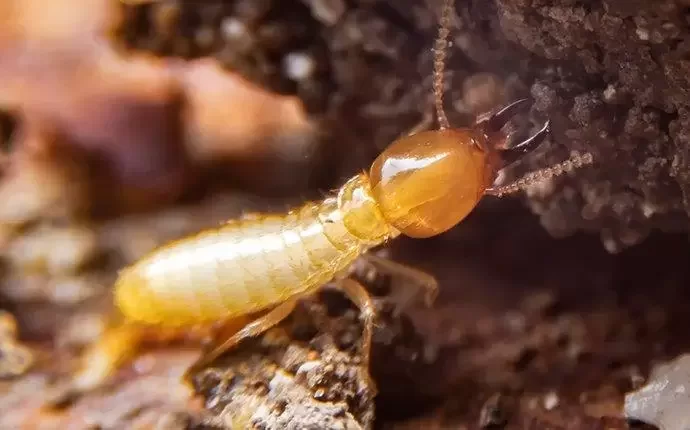With hot and humid summers and relatively milder winters, Altamonte Springs sees a wide range of pest infestations. If there is one pest you need to worry about more than others, it has to be subterranean termites. Many homes in this area have wood-heavy construction, including crawl spaces and frames, which are particularly susceptible to termites due to the high humidity and frequent rainfall.
Once these pests impact your wooden furniture or structures, the damage can be heavy. You need a professional exterminator in Altamonte Springs, like Avata Pest Control, that specializes in termite treatments. Visit this site if you want to get an inspection done to assess the current situation. Below are some aspects to know about these nasty pests.
Termites in Altamonte Springs
The most common species found in Central Florida is the eastern subterranean termite, which creates mud tubes to reach wood and build colonies underground. Formosan termites are also seen here, and these insects are aggressive and invasive. Another species you may notice is drywood termites, which make homes in attics. Constant warmth and moisture in the region allow these pests to breed and grow rapidly, and given the rains, the damage can be extensive.
Seasonal Shifts and Termites
The swarming season is in spring, which is between March and May. This is when reproductive termites produce new ones, and you may see some in the open. The damage is extensive during summer, when colonies expand and feed, and even during the fall and winter, termites remain active under the ground.
Warning Signs of Termites
There are some visual clues of termites, such as mud tubes on walls and foundations. You may also find discarded wings near windows during spring. If you find paint-related damage that almost seems like a leak, it could be a sign of termites. When termites eat wooden structures for a long time, you may find a hollow sound when tapping the wood. Clicking sounds inside wooden doors and frames are also clues. The most vulnerable are wooden decks, fences, crawl spaces, attic beams, and garages.
Subterranean vs. Drywood Termites
Let’s start with subterranean termites, which build mud tubes to reach wooden structures and food sources. These are the ones responsible for massive structural damage in many Florida homes. Subterranean termites need moisture to live, so if your walls or wooden structures are close to the soil, the risk of infestations is higher. Drywood termites, on the other hand, need no contact with soil and usually damage furniture, window frames, and beams.
Professional Termite Inspections
The biggest problem with termites is finding signs and getting treatments on time. That’s one of the reasons why many experts recommend professional termite inspections, which include checking both interior and exterior structures. The treatment is dependent on the species and overall extent of damage. Technicians will first identify the problem, following which they may recommend one or more of the following:
- Barrier systems: This refers to soil treatments, which are applied around perimeters to kill and keep subterranean termites away. The treatment also works for Formosan and Eastern subterranean species.
- Baiting systems: These stations are used under the ground to find termites and kill entire colonies. If your home is at the risk of regular infestations, technicians will use this for prevention and regular checking.
- Fumigation: If there are drywood termites, fumigation or localized injections are used, and in some cases, experts may also consider spot treatments. Moisture control is just as critical, so expect to get advice on that.
Find a renowned, local pest control service in Altamonte Springs and get your home inspected, especially if you haven’t scheduled a check in the last two years.




